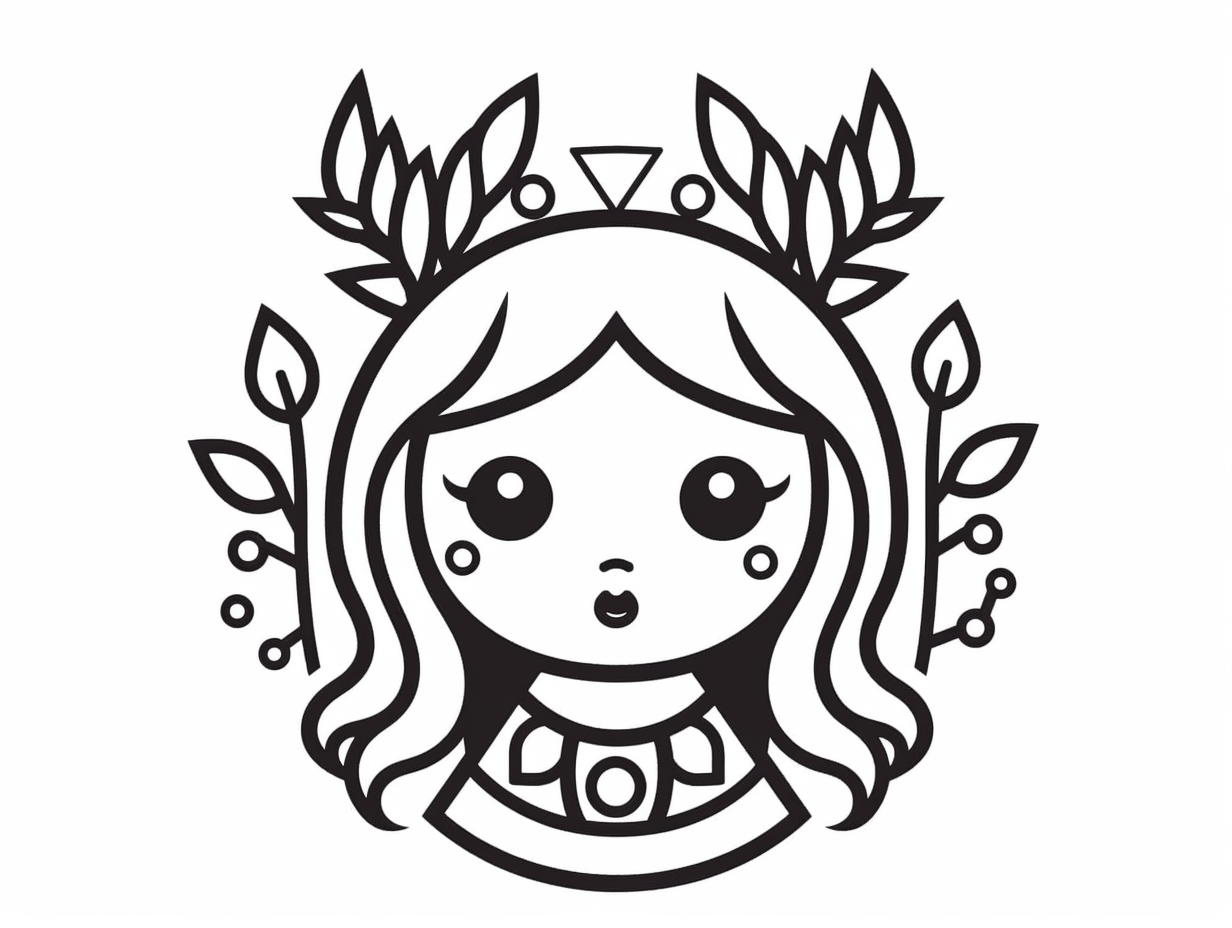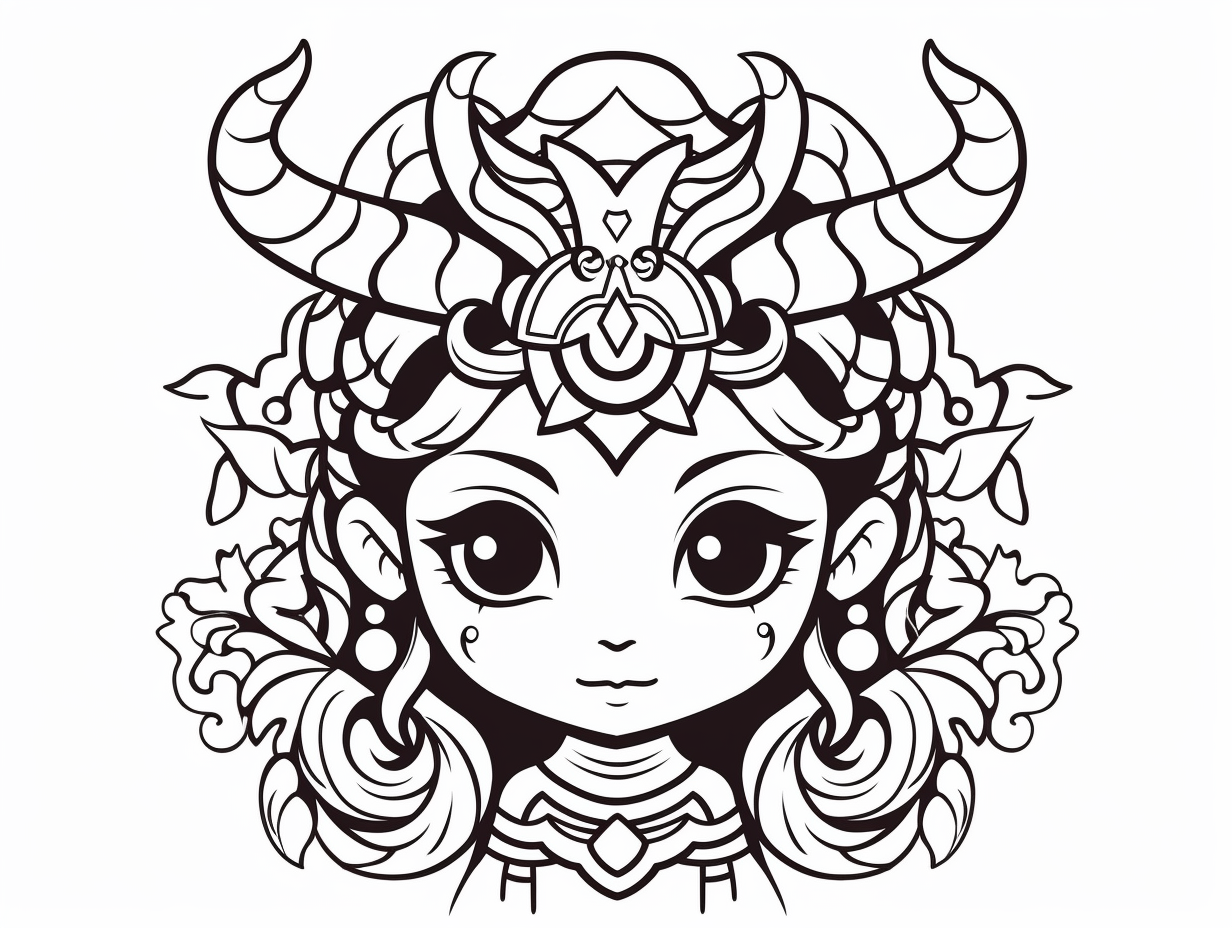Embracing The Vibrant Beltane Colours For A Joyful Celebration
Beltane, a truly special time of year, marks a significant shift in the seasons, you know? It’s a moment when the world around us seems to burst forth with life and energy. This ancient festival, with roots deep in earliest Irish literature, has always been associated with really important events in Irish mythology. It’s a time when people feel a connection to something much older, a rhythm of nature that has guided celebrations for generations.
Known as 'cétshamhain' – which just means 'first of summer' – Beltane, it typically signals the true beginning of the warmer months. It's a Celtic fire festival, a pagan holiday that sits right between the spring equinox, often called Ostara, and the summer solstice, or Litha, on the modern Wheel of the Year. This placement is actually quite important, as it really highlights its role as a bridge between the awakening of spring and the full bloom of summer.
This festival, celebrated at the start of spring, is about honoring the powerful union of Mother Earth and the Greenman. The idea is that this connection will bless everyone with hearty weather, helping the land thrive. Beltane, a festival held on the first day of May in Ireland and Scotland, traditionally celebrates the beginning of summer and the open pasturing of animals. It's a very vivid and meaningful festival in Celtic mythology, celebrated on May 1st, and it marks the halfway point between the spring equinox and the summer.
Table of Contents
- What is Beltane?
- The Meaning Behind Beltane Colours
- Bringing Beltane Colours into Your Celebration
- Frequently Asked Questions About Beltane Colours
What is Beltane?
Beltane is an ancient Celtic fire festival, and it is one of the eight Sabbats in the Wheel of the Year. Traditionally, celebrations begin on April 30th and continue through the night into May 1st. This festival is one of the most vibrant and significant in Celtic mythology, truly, marking the start of summer. It’s one of the four major ancient Gaelic seasonal festivals, alongside Samhain, which marks the start of winter, and Imbolc, which welcomes spring.
Beltane, or Beltain, is a Celtic fertility festival that marks the beginning of summer. It also signifies the movement of livestock from winter lowlands to summer pastures. This practice, called transhumance, was a very important part of life for ancient communities. The festival is first mentioned in a glossary attributed to Cormac, a bishop. Beltane, celebrated on May 1st, is one of the four Gaelic seasonal festivals, alongside Imbolc, Lughnasadh, and Samhain. It traditionally marks the beginning of summer.
It's a celebration of the time of light and growth that is coming. Beltane was connected with many different practices, from showing off fresh greenery to baking special Beltane bannocks. The whole point, you know, is about welcoming the warmth and the promise of abundance that the summer brings.
The Meaning Behind Beltane Colours
The colours of Beltane are more than just pretty shades; they really hold deep meaning, reflecting the spirit of the season. These colours connect to the land, the sun, the moon, and the powerful forces of life and creation. Understanding these shades helps you to truly feel the energy of this time. So, let’s explore what each one brings to the celebration.
Green: The Essence of Growth
Green is, quite simply, the most obvious colour for Beltane. It represents the explosion of life that happens in late spring. You see it everywhere, you know? The fresh, tender leaves on the trees, the grass growing tall and lush in the fields, and the new plants pushing up from the earth. This colour connects directly to Mother Earth, who is seen as fertile and giving during this time. It also represents the Greenman, a figure of wild, untamed nature and growth.
This shade speaks of fertility, new beginnings, and the promise of a bountiful harvest later in the year. It’s the colour of renewal, of the world waking up and putting on its most beautiful cloak. When you see green, it’s a reminder of the life force that moves through everything. It’s a very grounding colour, too, connecting us to the physical world and its natural cycles. It feels like a breath of fresh air, doesn't it?
Red: The Spark of Life
Red is another very important Beltane colour, and it has a lot of meaning. It represents the fire that is so central to the festival. Beltane is, after all, a fire festival, and those bonfires are a big part of the tradition. This colour speaks of passion, vitality, and the powerful energy of life itself. It’s the colour of the sun, which grows stronger each day, bringing warmth and light.
It also symbolizes the union of Mother Earth and the Greenman, a joining of forces that brings about new life. Red can represent love, desire, and the creative spark that ignites everything. It’s a very bold and energetic colour, you know, that really captures the spirit of celebration and fertility. It's the kind of colour that makes you feel alive and full of zest.
White: A Fresh Start
White, while perhaps less prominent than green or red, also plays a part in the Beltane palette. It often represents purity, new beginnings, and the innocence of spring. Think of the blossoms on fruit trees, or the morning dew that glistens on the grass. It’s a colour that can symbolize cleansing and preparation for the new season.
Sometimes, white is also linked to the moon, which has its own cycles of renewal. It can represent a fresh slate, a clean start as the earth bursts into new life. In some traditions, white flowers are used as offerings or decorations to bring a sense of peace and clarity to the celebrations. It has a calming presence, almost like a blank canvas waiting for the vibrant colours of summer to fill it.
Gold and Yellow: Sunshine and Plenty
Gold and yellow are colours that really speak of the sun’s increasing strength. As Beltane marks the halfway point to the summer solstice, the sun’s energy is truly building. These shades represent warmth, light, and the promise of abundance. Gold, in particular, can symbolize prosperity and the rich bounty that the earth will provide.
Yellow is a very joyful colour, you know, bringing feelings of happiness and optimism. Think of dandelions covering a field, or the bright sun shining down. These colours are about illumination, growth, and the energy that fuels all life. They remind us of the bright days ahead and the warmth that nurtures everything.
Other Hues of Beltane
While green, red, white, and gold/yellow are the main colours, other shades can also find their place in Beltane celebrations. Pink, for example, often represents gentle love, new blossoms, and the softer side of fertility. Orange, a blend of red and yellow, can symbolize creativity, enthusiasm, and the warmth of the hearth fire. Blue, though less common, might represent the sky, or perhaps the calming presence of water, especially if one is near a natural spring. Each colour, in its own way, helps to build the rich visual tapestry of the festival.
Bringing Beltane Colours into Your Celebration
Incorporating these meaningful Beltane colours into your own celebrations can be a really wonderful way to connect with the spirit of the festival. It's about bringing the energy of growth, passion, and new beginnings into your space and your life. Here are some simple ways to do just that, you know, making your celebration feel even more special.
Decorating Your Space
When it comes to decorating, think about fresh greenery. Beltane was associated with the display of fresh greenery, so bringing in branches with new leaves, wildflowers, or even potted plants is a natural fit. You can create wreaths for your door using green leaves and red ribbons. Try adding touches of gold or yellow with candles or fabric.
You might hang ribbons in these colours from trees in your garden, allowing them to flutter in the breeze. A central altar or table could be adorned with a green cloth, topped with red candles, and perhaps a small vase of white or yellow flowers. It's about creating a feeling of abundance and natural beauty.
Choosing Your Attire
Wearing Beltane colours is a simple, yet effective, way to participate in the festival's energy. You don't need a fancy costume; just a touch of green, red, or perhaps a bright yellow accessory can make a difference. A green scarf, a red shirt, or even a piece of jewelry with these colours can work.
Some people like to weave ribbons into their hair, especially in red, green, or white, which is a very traditional way to honor the season. The idea is to dress in a way that feels joyful and connected to the natural world.
Food and Drink with a Colourful Touch
Food and drink can also reflect the Beltane colours. Think of fresh, seasonal produce that naturally has these hues. Green salads with plenty of fresh herbs, red berries like strawberries or raspberries, and yellow fruits such as lemons or apricots. You could bake those traditional Beltane bannocks, perhaps adding some herbs for a green touch or berries for red.
Drinks might include herbal teas, or even a simple lemonade with a slice of lemon. The act of sharing food that reflects the season's bounty is, in a way, a very ancient and meaningful part of the celebration.
Rituals and Intentions
Using Beltane colours in your rituals can help focus your intentions. If you are lighting a candle for a ritual, choosing a red candle can amplify intentions related to passion, courage, or fertility. A green candle might be used for growth, healing, or abundance. White candles can be for cleansing or new beginnings.
You might create a small offering of flowers in the key Beltane colours to place outside, honoring Mother Earth and the Greenman. The colours serve as a visual reminder of what you are celebrating and what you wish to bring into your life. You can learn more about Celtic festivals on our site, too, for other ideas.
Frequently Asked Questions About Beltane Colours
What colors are used for Beltane?
The main colours used for Beltane are green, red, white, and gold or yellow. Green represents the earth's new growth and fertility, while red symbolizes fire, passion, and vitality. White is often associated with purity and new beginnings, and gold or yellow signifies the sun's strength and abundance. Other colours like pink or orange might also be used to reflect the season's vibrancy.
Why are certain colors associated with Beltane?
These colours are connected to the core themes of Beltane. Green directly links to the blooming natural world, the Greenman, and Mother Earth. Red is tied to the fire festivals and the union of masculine and feminine energies, representing life and passion. White reflects the freshness of spring and purity, and gold/yellow embodies the sun's increasing warmth and the promise of a bountiful summer. These colours, you know, help people feel the spirit of the season.
How can I incorporate Beltane colors into my celebration?
You can easily bring Beltane colours into your celebration through decorations, like fresh greenery and red ribbons, or by choosing clothing in these shades. Consider making food and drinks that feature these colours, such as salads with green vegetables, or desserts with red berries. Using coloured candles in rituals can also help focus your intentions. You might also find more ideas on this page about Beltane traditions. For more information on ancient Celtic practices, you could look up resources on Irish cultural customs, too.

Crystals for Beltane | Beltane, Pagan magick, Wiccan sabbats

Beltane Celebration Coloring - Coloring Page

Beltane Coloring For Kids - Coloring Page